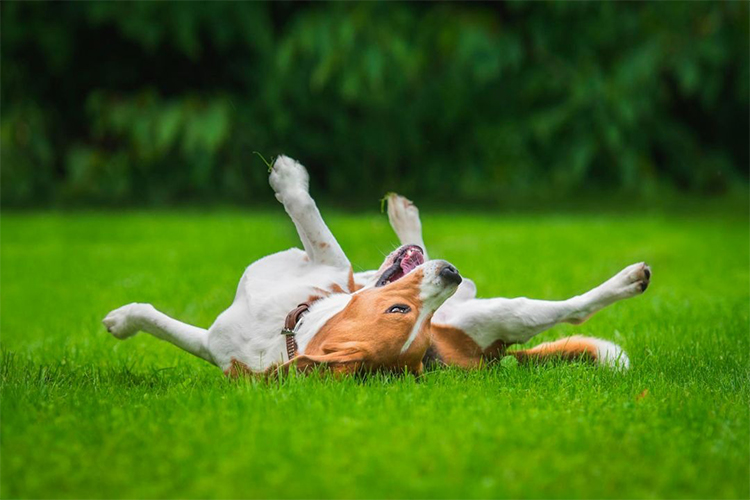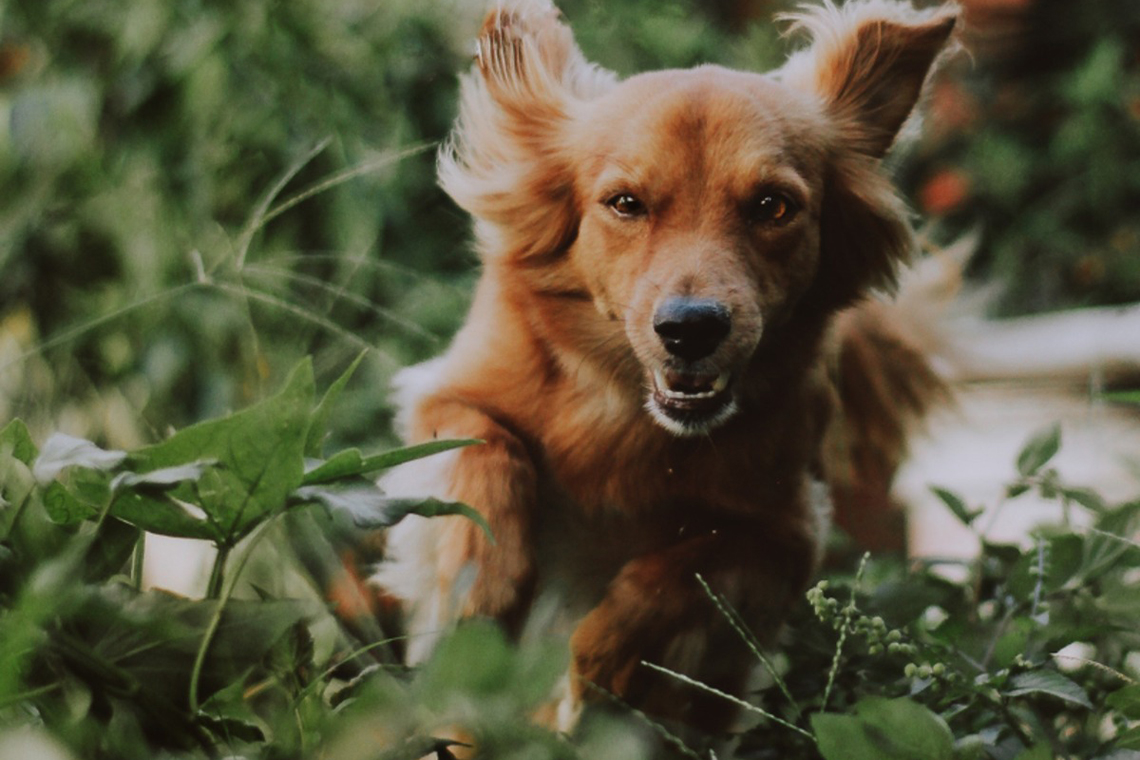Say Goodbye to Hives – Soothing Remedies for Your Furry Friend
As a dog owner, it’s not uncommon to worry about what your furry friend may come into contact with that could potentially harm them. While we often associate allergies with food and environmental triggers, it’s important to remember that plants can also cause allergic reactions in dogs. Some plants, in particular, can cause hives in dogs, which can be uncomfortable and even painful for them.
In this blog post, we’ll explore some of the plants that can cause hives in dogs and provide some soothing home remedies to help alleviate their discomfort.

Plants That Cause Hives in Dogs
- Poison Ivy
Poison ivy is a plant that is notorious for causing itchy, blistering rashes in humans, but it can also cause hives in dogs. The plant contains urushiol, which is an oil that can cause an allergic reaction in both humans and dogs. If your dog comes into contact with poison ivy, they may develop hives, redness, and itching.
- Poison Oak
Poison oak is another plant that can cause hives in dogs. Like poison ivy, it contains urushiol, which can cause an allergic reaction in dogs. If your dog comes into contact with poison oak, they may develop hives, redness, and itching.
- Poison Sumac
Poison sumac is a plant that is less common than poison ivy and poison oak, but it can still cause hives in dogs. It contains urushiol, which can cause an allergic reaction in dogs. If your dog comes into contact with poison sumac, they may develop hives, redness, and itching.
- Nettles
Nettles are a type of plant that have small hairs on their leaves and stems that can cause skin irritation in both humans and dogs. If your dog comes into contact with nettles, they may develop hives, redness, and itching.
- Hydrangeas
Hydrangeas are a popular flowering plant that can cause hives in dogs. The plant contains a compound called hydragin, which can cause an allergic reaction in dogs. If your dog comes into contact with hydrangeas, they may develop hives, redness, and itching.
Soothing Home Remedies for Hives in Dogs
- Oatmeal Bath
One of the most effective home remedies for hives in dogs is an oatmeal bath. Oatmeal has natural anti-inflammatory properties that can help reduce itching and soothe irritated skin. To make an oatmeal bath for your dog, grind a cup of plain oatmeal into a fine powder and mix it with warm water in a bathtub. Soak your dog in the oatmeal bath for about 15 minutes, then rinse them off with warm water.
- Aloe Vera
Aloe vera is another natural remedy that can help soothe hives in dogs. Aloe vera has anti-inflammatory properties that can help reduce itching and swelling. Simply apply a small amount of aloe vera gel to the affected area on your dog’s skin, and allow it to dry. You can repeat this process several times a day as needed.
- Chamomile Tea
Chamomile tea is a natural anti-inflammatory that can help reduce inflammation and soothe irritated skin. To use chamomile tea to soothe hives in dogs, steep a chamomile tea bag in hot water for a few minutes, then let it cool. Apply the cooled tea to the affected area on your dog’s skin using a clean cloth or cotton ball.
- Apple Cider Vinegar
Apple cider vinegar is a natural antihistamine that can help reduce inflammation and soothe itching. To use apple cider vinegar to soothe hives in dogs, mix equal parts apple cider vinegar and water, and apply the solution to the affected area on your dog’s skin using a clean cloth or cotton ball. Avoid applying apple cider vinegar to broken or irritated skin, as it can sting.
- Cool Compress
A cool compress can help reduce itching and soothe hives in dogs. Wet a clean cloth with cool water and apply it to the affected area on your dog’s skin for about 15 minutes. You can repeat this process several times a day as needed.
- Coconut Oil
Coconut oil is a natural moisturizer that can help soothe dry and irritated skin. It also has antimicrobial properties that can help prevent infection. To use coconut oil to soothe hives in dogs, apply a small amount of melted coconut oil to the affected area on your dog’s skin and gently massage it in.

Preventing Hives in Dogs
Prevention is always better than cure when it comes to your dog’s health. Here are some tips to help prevent hives in dogs:
- Keep Your Dog Away From Toxic Plants
To prevent hives in dogs, it’s important to keep them away from plants that can cause allergic reactions. Keep your dog away from poison ivy, poison oak, and poison sumac. If you have hydrangeas or other plants that can cause hives, make sure your dog can’t reach them.
- Check Your Dog’s Environment
Take a look around your dog’s environment and make sure there are no plants that can cause hives within their reach. If you’re not sure if a plant is safe for your dog, do some research or ask your veterinarian.
- Use Pet-Friendly Products
When choosing products for your dog, make sure they are pet-friendly and won’t cause an allergic reaction. This includes everything from shampoos to flea and tick treatments.
- Monitor Your Dog’s Behavior
Keep an eye on your dog’s behavior and look for signs of hives or other allergic reactions. If you notice any symptoms, take your dog to the veterinarian right away.
To Conclude
While hives in dogs can be uncomfortable and even painful, there are plenty of home remedies that can help alleviate their discomfort. Oatmeal baths, aloe vera, chamomile tea, apple cider vinegar, cool compresses, and coconut oil are all natural remedies that can help soothe hives in dogs. By taking steps to prevent hives in the first place, such as keeping your dog away from toxic plants and using pet-friendly products, you can help keep your furry friend healthy and happy.












